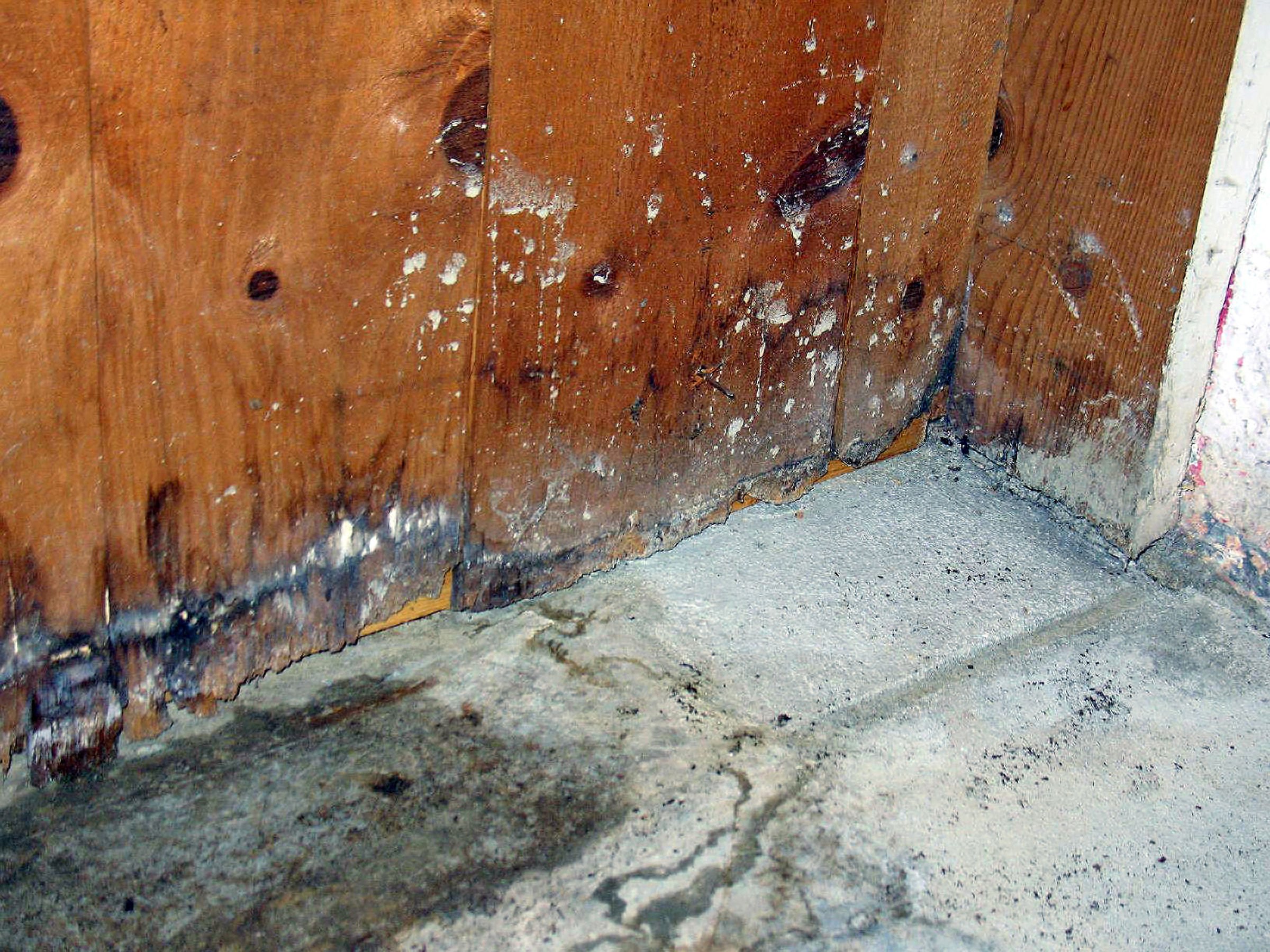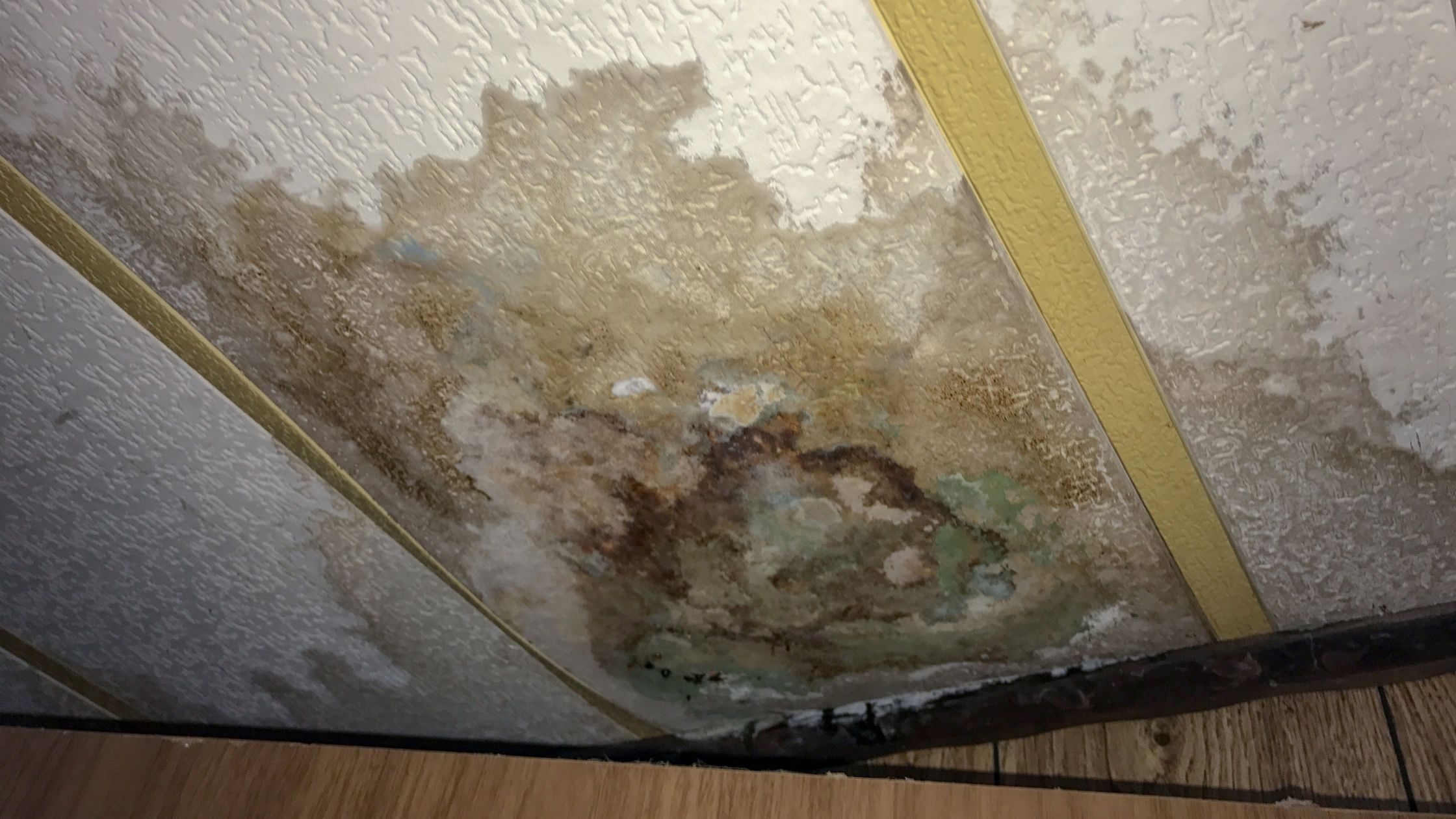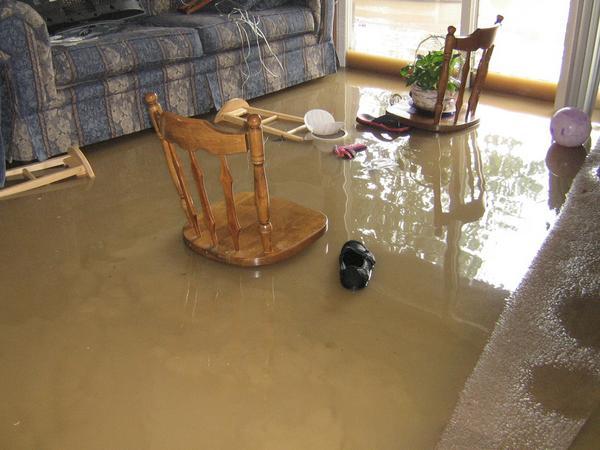Water Damage Restoration Specialists Ready to Fix Any Issue Fast
The Refine of Water Damages Clean-up: Guaranteeing Your Home Is Brought Back Effectively
Water damages can be a challenging challenge for property owners, necessitating a careful and structured clean-up process to recover safety and security and functionality. A comprehensive evaluation is crucial to recognize the level of the damages and establish the proper remediation measures. Following this, efficient water extraction techniques play a pivotal duty in minimizing additional harm. However, the subtleties of drying out, sanitizing, and eventual remediation are equally vital and typically ignored. Understanding these stages can make a significant difference in the outcome of your home's reconstruction, triggering a closer take a look at what each action requires.
Assessing the Damages
Upon uncovering water damage, the primary step is to thoroughly evaluate the extent of the effect. This first evaluation is important, as it helps determine the necessary steps for reliable clean-up and reconstruction. Begin by evaluating the influenced areas, consisting of walls, ceilings, floorings, and individual valuables, to identify the source of the water intrusion, whether from flooding, leakages, or condensation.
Documenting the damages is necessary for both insurance coverage claims and intending remediation initiatives - damage restoration services. Use photos and created notes to record the seriousness of the damages, noting any kind of affected architectural components and products. Pay unique attention to locations that might not be right away noticeable, such as behind wall surfaces and under rugs, as hidden dampness can bring about more complications, consisting of mold growth
In addition, evaluate the timeline of the water exposure. Ultimately, a thorough assessment lays the groundwork for an effective water damages clean-up process, making sure that all affected locations are attended to effectively and extensively.
Water Removal Strategies

Experts typically use submersible pumps for larger volumes of water, which can quickly reduce flooding in cellars or various other affected areas. For smaller quantities, wet/dry vacuums are usually made use of to remove residual wetness from carpetings and hard surfaces. Additionally, utilizing portable extractors enables for targeted removal in confined spaces or areas with delicate products.
In instances of infected water, such as sewage or floodwater, progressed extraction strategies may entail the usage of biohazard equipment to guarantee safety and security and conformity with health and wellness laws. High-powered removal tools are essential in minimizing water retention in structural materials, which can result in mold and mildew development and structural degeneration if not resolved immediately.
Ultimately, the effectiveness of water removal methods plays a pivotal duty in the total success of the water damage clean-up process, preparing for succeeding repair efforts.
Drying and Dehumidification
Once standing water has been properly removed, the following essential stage in the water damage clean-up process is drying out and dehumidification. This step is important to avoid more damage and mold growth, which can happen within 24 to 2 days in damp atmospheres.
To attain reliable drying out, specialized equipment such as industrial-grade air movers and dehumidifiers is employed. Air movers flow air throughout wet surface areas, enhancing evaporation prices, while dehumidifiers reduce humidity levels in the air, promoting a conducive setting for drying. The mix of these tools makes certain that dampness is extracted from home furnishings, floorings, and wall surfaces, permitting them to dry extensively.
It is necessary to keep an eye on the drying out procedure very closely. Professionals often browse this site utilize moisture meters to evaluate the dampness content in various materials, guaranteeing that all affected locations reach appropriate dry skin levels. This precise technique assists to avoid covert wetness pockets that might cause architectural damages or undesirable mold development.

Cleansing and Disinfecting
After the drying and dehumidification stage is complete, the following crucial official site action in water damage cleaning is cleansing and sanitizing the influenced locations. This procedure is crucial to avoid the growth of mold and mildew, germs, and other pathogens that prosper in damp atmospheres.
The cleaning phase commonly involves getting rid of any kind of debris, dust, and pollutants from surface areas utilizing specialized cleansing agents. For tough surface areas, a mix of soap and water or commercial cleansing items is commonly employed. Soft products, such as upholstery and carpets, might need extra substantial cleaning techniques, including vapor cleaning or deep removal strategies, to guarantee thorough hygiene.

Sterilizing adheres to cleansing, making use of EPA-approved anti-bacterials to eliminate dangerous bacteria. This action is essential, particularly in areas that may have come into call with floodwaters or sewer, as these resources can pose major wellness threats.
Additionally, it is necessary to attend to any continuing to be smells, which might require using odor neutralizers or innovative techniques like ozone treatment. Appropriate cleaning and sterilizing not just bring back the security and health of your home however likewise prepared for successful remediation and repair services in succeeding stages of the water damage cleanup procedure.
Repair and Repair Services

When the analysis is total, restoration initiatives can start. Furthermore, floor covering might require comparable attention, depending on the level of water direct exposure.
It is important to engage experienced repair professionals during this procedure, as they possess the proficiency to manage complicated repairs efficiently. In addition, they can aid alleviate prospective future issues, such as mold growth or structural instability, therefore ensuring a risk-free and habitable living environment. Eventually, reliable reconstruction and repairs recover the home's stability and boost its total worth.
Verdict
Finally, the procedure of water damages clean-up is critical for recovering a home to its pre-damage condition. Each stage, from analyzing the damage to implementing reliable water removal techniques, adhered to by complete drying, disinfecting, and essential repair work, plays an important role in making certain safety and conformity with structure criteria. Reliable implementation of these actions not just mitigates prompt damage however likewise improves the long-term integrity and value of the building.
Water damage can be an overwhelming obstacle for house owners, requiring a careful and structured cleaning procedure to restore security and performance. Ultimately, an extensive analysis lays the foundation for an effective water damage cleanup procedure, guaranteeing that all influenced areas are resolved successfully and thoroughly.
Efficient water removal techniques are crucial in reducing damages and protecting against additional issues following a water invasion occasion.In verdict, the process of water damage clean-up is essential for restoring a home to its pre-damage condition. Each stage, from analyzing the damage to implementing efficient water removal strategies, followed by extensive drying out, disinfecting, and necessary repair work, plays a crucial role in guaranteeing security and conformity with structure criteria.